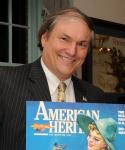When judging the morality of the use of atomic weapons in World War II, observers typically focus on Japanese deaths, while ignoring the far-larger number of non-Japanese casualties.
-
August 2023
Volume68Issue5
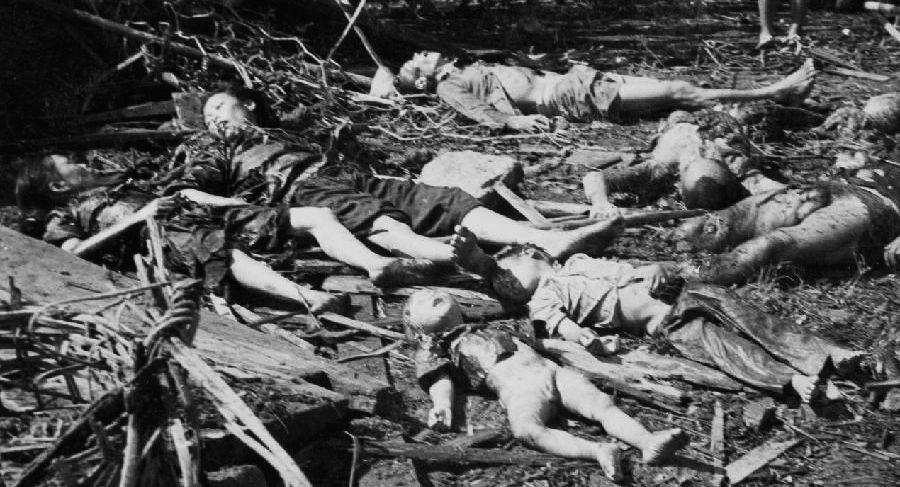
I vividly remember the moment when my grasp of the most searing moral issue of the end of the Asia-Pacific War vaulted from a strong but detached intellectual plane to a much more wrenching comprehension. Beside me at an academic conference sat a historian from the People’s Republic of China. We listened to a reciting of the standard litany of damning arguments about the end of the Asia-Pacific war, centered on the atomic bombs. The presenter argued that the claims that US leaders feared massive American casualties in an invasion were invented after the fact. And he said that American leaders knew the Japanese were on the verge of surrender, but, by nefarious actions, delayed the surrender so the atomic bombs could be deployed, primarily to intimidate the Soviet Union rather than to end the war.
As we listened, my Chinese colleague first looked baffled. Then his face tightened and his body language began to convey anger. At the end of the talk, he leaned over to me and said pointedly: “I see you have a lot of work to do in your country.”
I understood the wellspring of his anger, and for the first time sensed it viscerally: the enormous disparity between the number of Japanese civilians killed in the war and the much larger number of civilians of other countries – overwhelmingly, Asians and particularly Chinese – whose lives were extinguished by Japan’s soldiers and scientists in myriad horrors.
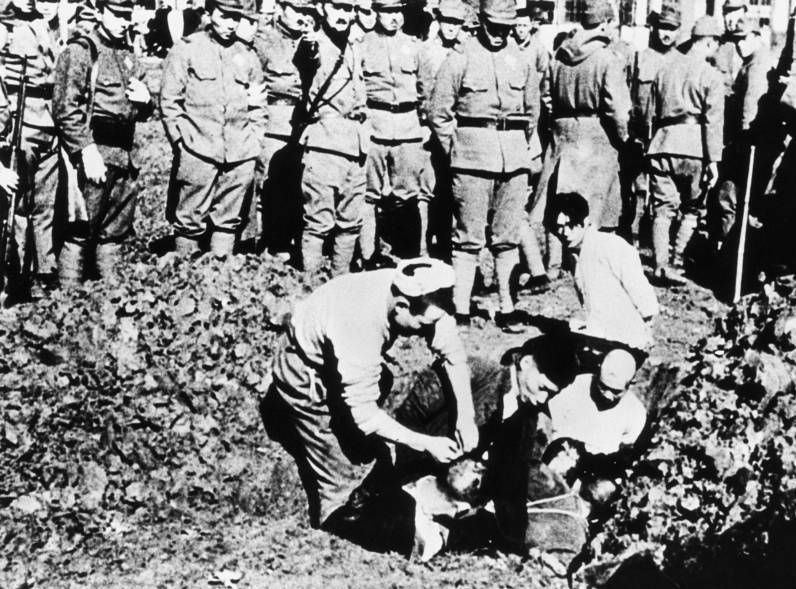
The presenter had recited the specific numbers of Japanese civilian deaths in Hiroshima and Nagasaki. Graphic descriptions of the casualties magnified the impact of the statistics. But I came to realize two basic principles essential to understanding and judging these events fairly: we need to count all the deaths in the Asia-Pacific War for perspective and to treat all of the dead as sharing a common humanity. What upset my colleague was that the critique we heard and many others like it denied equal concern about the deaths of civilians who were not Japanese.
The evidence regarding the human toll has existed since the time of the war and continues to grow. In his influential War Without Mercy in 1986, John Dower advanced tentative figures on the noncombatant deaths. His numbers for Japanese civilian deaths totaled 553,000 for all air raids, plus the losses in Okinawa and Saipan.
After reviewing various sources for death totals elsewhere, including a UN report, he concluded that “certainly” it would be “reasonable to think in general terms of approximately 10 million Chinese war dead, a total only surpassed by the Soviet Union.” After deducting the number of combatant deaths, a realistic reading would be that there were about eight million Chinese civilian deaths.
Added to the Chinese toll, there were four million civilian deaths in what is now Indonesia, based on a United Nations report. And at least a million Vietnamese victims of a 1945 famine caused in large part by the Japanese invaders, who burned large areas of rice fields to plant peanuts so they could extract oil from them.
That made thirteen million deaths. Simple math showed twenty-three deaths of civilians who were not Japanese to one Japanese civilian death. That is not a definitive figure, but it conveys the grotesque distortion caused by omitting the deaths of civilians who were not Japanese.
Why had such an elementary factual and moral issue passed from being barely mentioned in post-war histories? During the war, American print, radio, and visual media (notably, newsreels and coverage in LIFE magazine), kept Americans aware of the dreadful conflict in Asia, as well as in the Pacific. One of my colleagues reviewed the massive archive of newsreels the average Americans saw twice a week in movie theaters, and he was struck by how the graphic imagery of Japanese devastations, particularly in China, surpassed the quantity of such imagery about Nazi Germany. Daily coverage in the New York Times amply presented the huge war on the Asian continent. The American armed services literally created an official narrative about where the war was fought in two overseas campaign ribbons. One for the “European-African-Middle Eastern Campaign” and the other for the “Asiatic-Pacific Campaign,” not the “Pacific Campaign.”
There are other numbers that provide measures of the factual and moral significance of the Asia-Pacific War. The American population in 1940 was 132 million. Japan’s wartime population is usually estimated at about 70 million, though Japanese propaganda always invoked the 100,000,000 myth. The war across the Pacific enveloped the 16 to 17 million Filipinos and some of the approximately two million inhabitants of other Pacific islands. Australia, with seven million people, became a major combatant from December 1941. (The strategic decisions of President Franklin Roosevelt and Prime Minister Winston Churchill channeled New Zealand’s war effort to Europe and the Mediterranean. New Zealand battle losses in the Pacific probably numbered well under one thousand.)
Thus, the “Pacific War” involved populations of approximately 228 million people. By contrast, the war on the Asian continent and Southeast Asia involved about a billion people, including about 450 million Chinese, 318 million people of India (which included what is now Pakistan), and 168.8 million in Australia, Burma (Myanmar), Formosa (Taiwan), French Indochina (Vietnam, Cambodia, and Laos), Hong Kong, Korea, the Netherlands East Indies (Indonesia), the Pacific Islands, and Thailand.

Further, the American effort in the war split about two-to-one, Europe over the Asia-Pacific region, so a proportional count of Americans would add about 42 million, and a similar approach to the very limited Soviet participation might add another 10-20 million. The twenty-three nations on the European continent and the four states on the northern coast of Africa had a combined population of about 600 million.
Deaths in the “Pacific War” included about three million Japanese (two-thirds combatants), about 120,000 Filipinos, about 106,000 Americans, and approximately 16,000 Australians. This totals 3,342,000. Deaths in the Asian phase of the conflict numbered over twenty-one million. By these rough numbers, the “Pacific War” framework writes out of the history about 66% of the affected populations and about 85% of the deaths.
After the war, however, American and other historians and commentators routinely used the “Pacific War” as the definition for the conflict. The “Pacific War” rested on boundaries from December 1941 to August 1945. This framework foregrounded just two adversaries: the US and Japan. The much larger struggle on the Asian continent that began at least in 1937 with Japan’s massive assault on China occupied the far periphery in “Pacific War” narratives — seldom evoking either the vast numbers of people or the death totals.
The state of the factual record also contributed to the approach. Quite simply, we do not have and will never have precise figures regarding the deaths in the European or the Asia-Pacific phases of the global war. The chaos of events precluded exactitude about innumerable episodes. In many cases, no party then or later even attempted a thorough accounting of civilian deaths — and combatant deaths also remained questionable in many cases.
We can only fall back on reasonable approximations. For example, you can easily find academic publications in the West and China placing the range of Chinese war deaths as high as twenty to even thirty-seven million. Chinese combatant deaths have been projected along a range of one to four million, generally increasing as the overall death toll rises.
Since the 1980s, I have gathered as many figures in published accounts as I could find. By this data base, I now figure Japanese noncombatant deaths at 1 to 1.2 million. These are high-end figures for the Japanese. I use a higher estimate for the Japanese because it recognizes their common humanity and, more bluntly, because even by using high Japanese figures, the disparity in deaths between Japanese and all others remains stunning.
This data demonstrates that the overwhelming number of Japanese noncombatant deaths occurred in 1945, as well as after the surrender in August 1945, probably 95 percent or higher. The largest Japanese noncombatant death toll prior to 1945 happened on Saipan and Tinian in the Mariana Islands in June and July 1944. Approximately 13,000 of 28,663 Japanese colonists died, primarily because they were caught in the crossfire, or ordered to attack Americans without being given weapons.
![Women and girls in many countries occupied by the Japanese were held as "comfort women," for Japanese soldiers. Chinese and Malayan girls forcibly taken from Penang by the Japanese to work as 'comfort girls' for the troops[58]](/sites/default/files/inline-images/The_Allied_Reoccupation_of_the_Andaman_Islands%2C_1945_SE5226.jpg)
Japanese propaganda instilled the terrifying belief that capture by US forces meant unspeakable torture, rape, and then hideous death. This caused most of the colonists to evade capture and often huddle with Japanese troops, which maximized their exposure to bullets and shells. More tragically, approximately 2,000 chose suicide to avoid capture, most by fatal leaps off cliffs – many caught on American still and motion-picture images. The Japanese government exploited these suicides as an example for the homeland population to emulate if invasion came. In the US, such episodes gave extremely dark portents of what massive slaughters an invasion of Japan might entail.
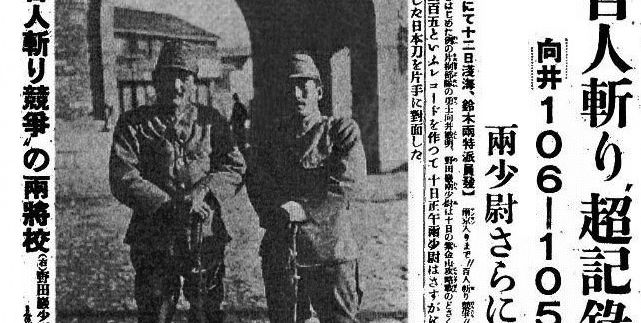
Regular bombing of Japan began in June 1944 from bases in China. These merged with much larger strikes from bases in the Mariana Islands beginning in November 1944. Collectively, these inflicted a few thousand deaths before the night of March 9-10, 1945, when an incendiary attack on Tokyo created a firestorm. The inferno caused as many as 100,000 Japanese deaths, overwhelmingly civilians.
The series of raids on Tokyo from November 1944 to May 1945 may have killed 120,000 Japanese in total, mostly civilians. The two atomic bombs resulted in about 210,000 Japanese deaths immediately and over time. 100,000 Japanese died in air raids on another 64 cities. The total number of deaths due to air attacks reached about 430,000, according to John Dower in Cultures of War.
The death of as many as 150,000 Okinawans in the battle on their island between April and June 1945 became emotionally contested terrain between Okinawans and the other Japanese people. The dominant view among Okinawans is that the Japanese instilled terror among the civilian population — as they did in the Marianas — that American captivity meant torture, rape, and death. The Okinawans do not absolve American forces of all responsibility, but believe the Japanese terror propaganda drove Okinawan conduct in ways that caused the enormous death toll.
Commonly overlooked, especially in accounts of Hiroshima and Nagasaki, is the massive number of Japanese who died in Soviet hands after capture during the brief Manchurian campaign in August 1945. The leading first-generation historian of the occupation of Japan, Eiji Takamae put the number of Japanese nationals who died or disappeared in Soviet captivity during the years after August 1945 as between 300,000 to 500,000. Dower reported in Embracing Defeat that the Soviets captured between 1.6 and 1.7 million Japanese nationals in Manchuria and North Korea. Eventually, 1.2 million were repatriated, which means that as many as 400,000 to 500,000 may have died in captivity.
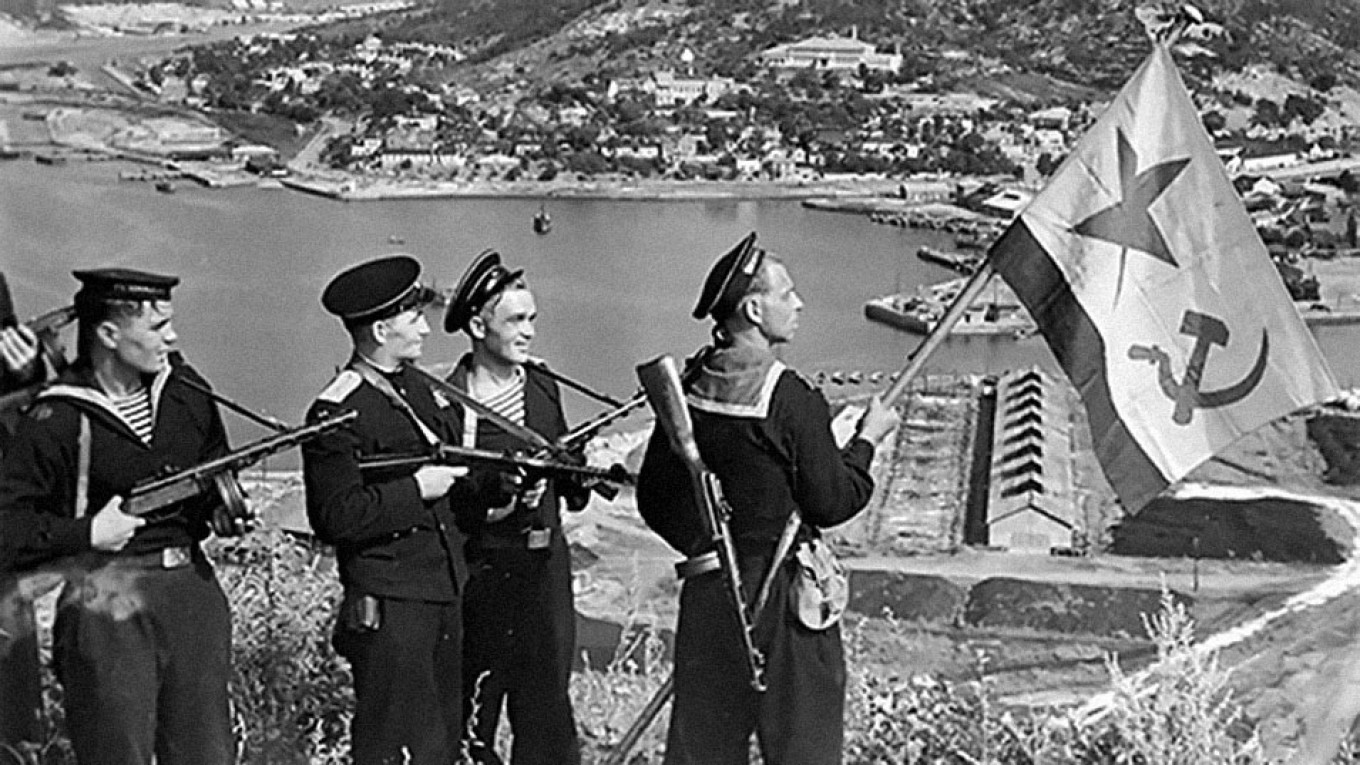
Historian Andrew Barshay found Soviet archival documents showing that about 609,000 Japanese service members became Soviet prisoners of war. Those documents listed 61,000 deaths among Japanese in Soviet hands. Barshay also concluded that at least 180,000 Japanese civilians died in Soviet captivity. Collectively, we have estimated ranges of between 180,000 and 440,000 civilian deaths after the war ended.
This range indicates that Soviet intervention led to a massive number of deaths of Japanese civilians: somewhat more than those who died at Hiroshima (180,000 verses 140,000) to many more than died in both atomic bombs (nearly 440,000 to 210,000). Accounts addressing Soviet intervention in August 1945 rarely, if ever, mention and vivify the cost in Japanese noncombatant lives.
About twelve million Chinese civilians and between five and six million other civilians (at least 99 percent other Asians) died in the war — in all cases, these are lower-end figures. Historian Gregg Huff recently estimated the deaths in Southeast Asia at 4.4 million (overwhelmingly civilians) due to starvation and disease.
In addition, there were large numbers of civilian deaths in Korea, the Pacific islands, and elsewhere. Japan was also at least partly, perhaps mainly, responsible for the million or more deaths in the Bengal famine. The Japanese occupation of Burma next door precluded access to its vast rice surplus, which would have saved countless lives in India.
The end of the war saved the Korean people from massive famine. Korea provided the most accessible source of rice imports for Japan. As early as April 1945, the Japanese seized at least a million tons of Korean rice, 20 to 25 percent of the colony’s total stocks. Anyone familiar with the fraught relationship then between the Japanese and the Koreans will entertain no doubt that the collapse of the 1945 Japanese rice crop would have prompted ruthless exploitation of Korean rice, without regard to the consequences for Koreans.
The combined total of all Japanese war dead is thus approximately 3 to 3.2 million. A reasonable demographic projection would place Chinese deaths among children 14 and under at about a quarter of the noncombatant total, or 3 million. Thus, one Chinese child died for every Japanese military and civilian death in the war.
China’s war from July 1937 to August 1945 lasted 2,963 days. Dividing twelve million deaths by 2,963 days yields just over 4,000 deaths per day. The other Asian civilian deaths virtually all occurred from December 1941 to August 1945, a total of 1,436 days. That math works out also to about 4,000 per day. So, from December 1941 to August 1945, civilian deaths other than Japanese were roughly 8,000 per day, or about 240,000 per month. That is one Hiroshima and Nagasaki combined death toll for 44 consecutive months. Even if one accepts the highest claims for Japanese deaths due to the atomic bombs (about 330,000), this figure was equaled or exceeded every two months by the deaths of non-Japanese civilians.
There is one further complicating factor. In March 1945, the Japanese government announced that all males ages 15 to 60 who were not already formally service members and all females ages 17 to 40 in Japan were now combatants in a huge national militia, the Volunteer Fighting Corps. This would total at least twenty-five percent or more of the population, or a minimum of probably eighteen to twenty million individuals out of about seventy million citizens.
Japan made no effort to provide these new combatants with uniforms or distinctive markings to set them off from the general population. This also made it impossible for the US to distinguish between combatants and noncombatants throughout Japan. This renders counting “civilian” deaths in Japan problematic, including at Hiroshima and Nagasaki, along with most other bombed cities after March 1945. It would have made an invasion of Japan a nightmare for any American servicemember to determine at ordinary combat range whether he was facing a soldier or a civilian who was not clearly extremely young or extremely old.
Treating All the Dead as Sharing a Common Humanity
Now we come to the second principle in understanding and judging these events. In the 1990s, I was planning my book on the end of the war (Downfall). My initial plan included two separate set pieces aimed to vividly capture the horrific human suffering of Japanese, mostly civilians, in the March 1945 Tokyo fire raid and at Hiroshima. But I also intended to include a third section similarly capturing the suffering and death of Japan’s Asian victims.
I found rich sources for the first two sections. The one on the Tokyo incendiary raid became the opening chapter. Its purpose was to make the reader immediately grasp that mass death on a horrifying scale was not solely the result of atomic weapons. It quoted one witness:
Another passage described a school building with a huge swimming pool where thousands sought refuge:
Many similar passages described the horror of the blast of the Hiroshima bomb, the multiple forms of death, and the agonized lingering aftermath due to radiation. But in the 1990s, when I sought accounts depicting the deaths of civilians who were not Japanese, I hit a wall. I found an American historian of Chinese descent who reported he had been on the same quest with the same result. He was as shocked by this as I was.
With the passage of time, I realized that two things explained this. First, the “Pacific War” framework had removed any incentive to even address mass death among civilians who were not Japanese. Second, the result was a small output of material on that subject compared to a wealth of sources on the Tokyo firebombings and Hiroshima. Iris Chang’s 1991 bestseller, The Rape of Nanking, while very powerful regarding that carnage, had the unintended effect of blotting out the much larger story of Japanese atrocities elsewhere in China. Yuki Tanaka’s 1996 book, Hidden Horrors, was expansive, but it conveys far less concern with the suffering and death of non-Japanese civilians.
Since the 1990s, the number of such sources has radically increased. The story of China’s war, with, by far, the greatest human losses, is far more complex than earlier historians had depicted. After the triumph of Mao Zedong and the Chinese Communists in 1949, official Chinese history emphasized the story of the Communist revolution and its victory in the civil war with Chiang Kai-shek and his Nationalists. World War II in this narrative was not entirely neglected, especially in recalling the terrible depredations by the Japanese during the war. But the “War of Resistance,” as it is known in China, was largely subordinate to the story of the revolution and civil war victory.
About a decade after Mao died in 1976, the first sign of a sea change appeared with the publication of an avalanche of personal accounts of World War II. This was followed by the gradual release of archival documents — though by no means a full disclosure — from both sides of the Taiwan Straits. This transformed our grasp of both the numbers and the raw human experiences. A very partial list of these notable works includes Mark Peattie, Edward Drea and Hans van de Ven (editors), The Battle of China (2011), Jay Taylor’s The Generalissimo (2011), Rana Mitter’s Forgotten Ally (2014) and China’s Good War (2020), Hans van de Ven’s China at War (2017), and Gregg Huff’s World War II and Southeast Asia (2020).
This body of work delivers the same impact as the disclosures from Soviet archives after the collapse of the Soviet Union that transformed our understanding of the Soviet-German war. It radically recontours our understanding of China’s war of defense, from the largest canvas to the most precise details regarding individual agonies and death.
These new sources led me back to a long-forgotten report by the journalist Freda Utley that exposed the mass terror that Japan’s war induced among civilians. The horror included tens of thousands of rapes of women and particularly young girls, as well as the routine execution of teenaged boys and men who were merely suspected of being soldiers or former soldiers. Whole families took flight, but as Utley witnessed:
Given the tens of millions of refugees (estimates from 45 to 100 million), there were tens or hundreds of thousands of such scenes.
Japan was the only major combatant that employed poison gas on the battlefield. (The Germans used poison gas, but for exterminations in death camps.) The Japanese deployed poison gas freely in China as a trump card to overcome stubborn or threatening Chinese resistance. In just the 1938 campaign up the Yangtze River towards the Wuhan region, a Japanese report noted the use of gas over 370 times.
The Japanese also unleashed biological weapons, though the full scale remains unknown. The notorious Unit 731 in Manchuria conducted hideous medical experiments on unanesthetized prisoners, injecting them with pathogens such as anthrax and typhus. Doses and methods of infection were investigated. Films of their human subjects’ torments became recruiting tools for Japanese researchers. Agents who became bioweapon saboteurs spread diseases in China and the Soviet Union. Outbreaks of plague after the war caused many thousands of deaths.
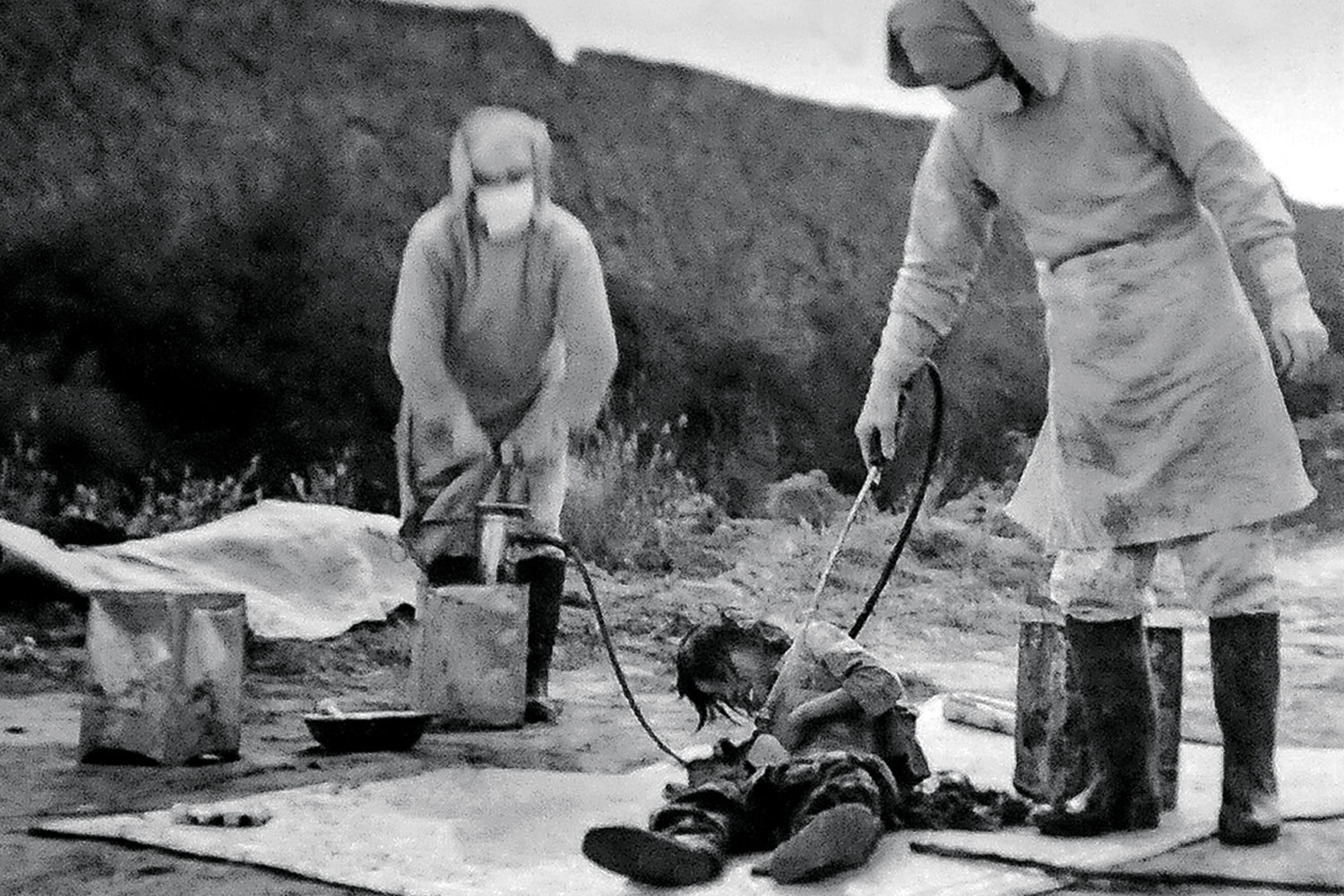
Most Asian civilians who died in the Asia-Pacific suffered protracted, painful deaths from starvation and disease. A large number of all atomic bomb deaths occurred at or near the speed of light. That is faster than human physiology can register sensation. Firestorms following the atomic blasts were major factors in the death toll. The weighing of the death figures versus the particulars of people’s agony pushes us to the very limits of the human ability to make moral judgments. But what it does not do is sanction silence on the deaths of civilians who were not Japanese.
So, just how relevant is this for today? A colleague of mine teaches a course on World War II at the University of Virginia. After one class on the Asia-Pacific War and the atomic bombs, a female student from China approached him and said: “In China, we teach about the atomic bombs differently. When the atomic bombs are mentioned, the whole class stands up and applauds.”
This is revealing not just about China. The ongoing troubled relationship of Japan to other Asian nations has its roots in the Asia-Pacific War and the vast disparity between Japanese civilian deaths and those all over the region due to Japan’s invasions and atrocities. Our focus must shift to the tens of millions of people who suffered and died as a result of Japan’s invasion of 14 countries in what it described as the “Greater East-Asia Co-Prosperity Sphere.”

